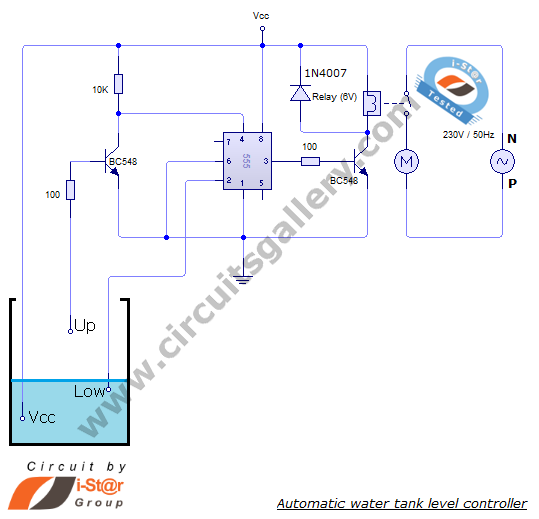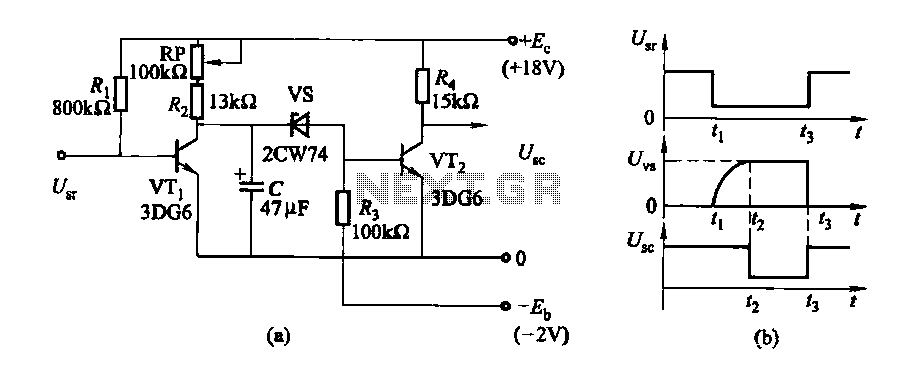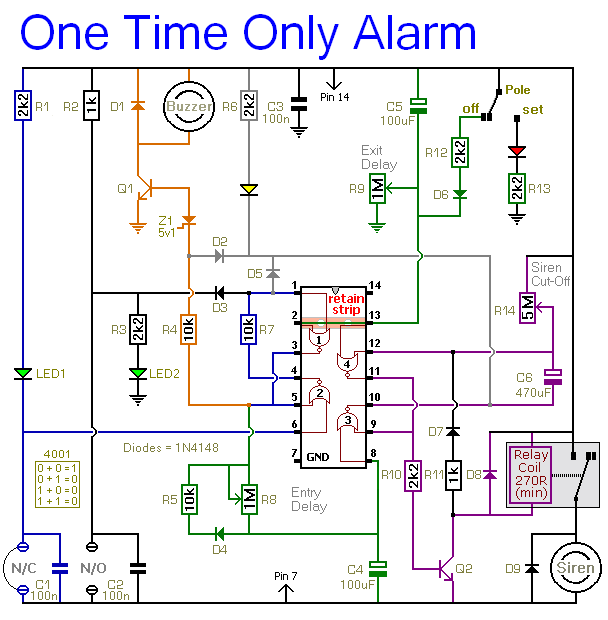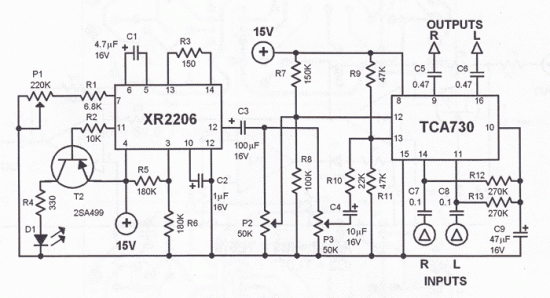
Digital Cameras -DV machine power supply circuit
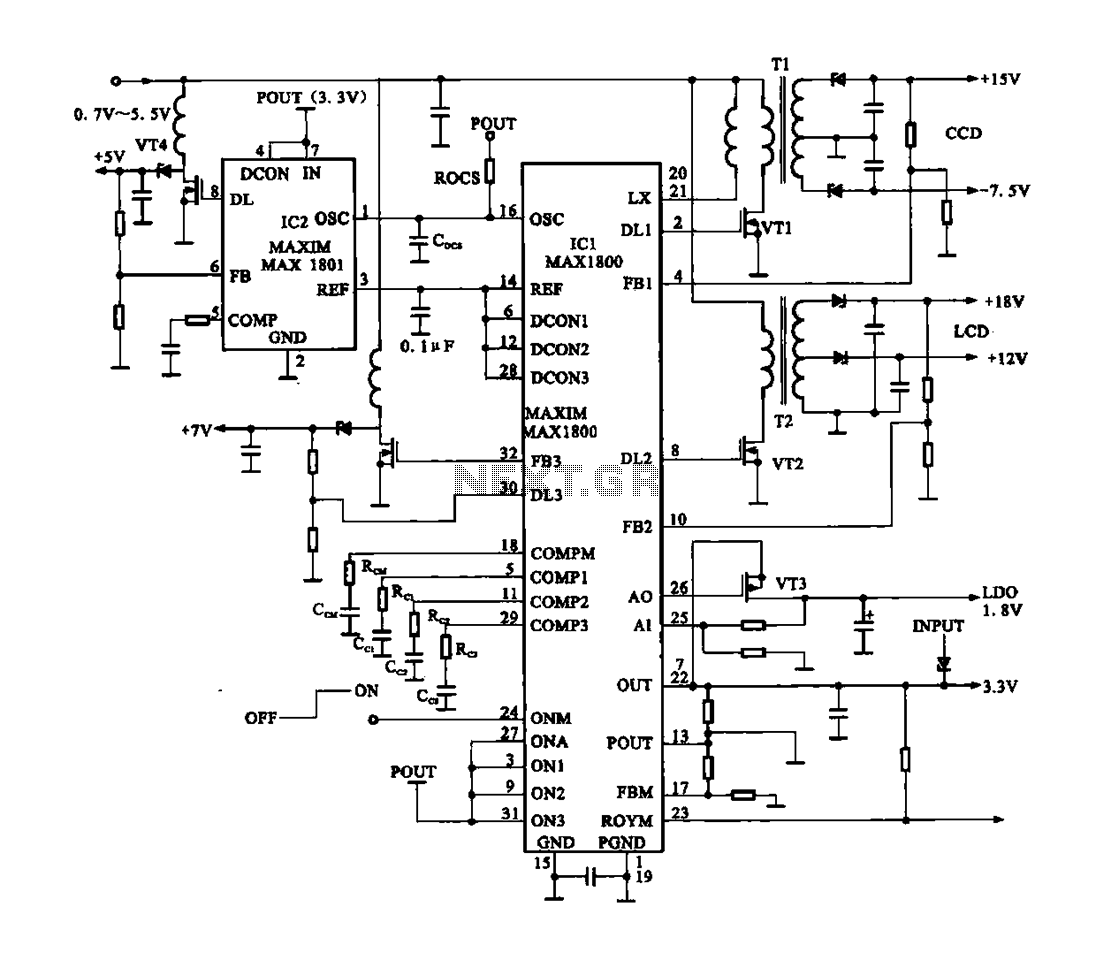
Digital Cameras - DV machine power supply circuit. This circuit utilizes the MAX1800 chip to manage the power supply for digital cameras and DV machines. Digital cameras are typically battery-operated and require low voltages ranging from 0.7 to 5.5 V. However, the internal components of a digital camera often necessitate higher voltages, such as +18 V, +15 V, and +12 V. To address this requirement, the circuit employs the MAX1800 Li-Ion chip to generate PWM signals, which are then used to boost the voltage through a transformer (T1, T2). The output includes +18 V, +15 V, +12 V, and -7.5 V, as well as +1.8 V and +3.3 V DC voltages. The circuit also provides a recommended output voltage from IC2.
The power supply circuit for digital cameras and DV machines is designed to efficiently convert low battery voltages into the higher voltages required by the camera's internal components. The MAX1800 chip is central to this operation, utilizing Pulse Width Modulation (PWM) to control the switching of a transformer. This method allows for the generation of multiple output voltages, which are essential for powering various parts of the camera, such as the image sensor, processing unit, and display.
The circuit begins with the battery supplying a low voltage, which is fed into the MAX1800. This chip regulates the input and generates PWM signals that control the operation of the transformer. The transformer steps up the voltage to the required levels through a process of inductive boosting. The outputs of the transformer are then rectified and filtered to provide stable DC voltages of +18 V, +15 V, +12 V, -7.5 V, +1.8 V, and +3.3 V.
The design of this power supply circuit emphasizes efficiency and reliability, ensuring that the digital camera can operate effectively under varying conditions. The inclusion of multiple output voltages allows for versatile application in different camera models and configurations. Additionally, the recommended output voltage from IC2 is crucial for maintaining optimal performance and preventing damage to sensitive components. Overall, this circuit exemplifies the integration of advanced power management techniques in modern digital devices.Digital Cameras -DV machine power supply circuit It shows a digital camera/DV machine power supply circuit, the circuit MAX1800 chip to control the core. The figure shows that digital cameras are battery-powered. Low voltage (0.7 ~ 5.5 V). But the circuit inside a digital camera often requires a higher voltage, such as +18 V, + 15 V, + 1V and the like. To this end the use of digital cameras MAX1800 Li iJ chip PWM signal, and by boosting the way open after two off pulses via a switch transformer (TI, T2) output + 18V, + 15V, + 12V, -7.5V, also outputs + 1.8V and 3.3V DC voltage.
At the same time recommended by the IC2 +V output voltage.
The power supply circuit for digital cameras and DV machines is designed to efficiently convert low battery voltages into the higher voltages required by the camera's internal components. The MAX1800 chip is central to this operation, utilizing Pulse Width Modulation (PWM) to control the switching of a transformer. This method allows for the generation of multiple output voltages, which are essential for powering various parts of the camera, such as the image sensor, processing unit, and display.
The circuit begins with the battery supplying a low voltage, which is fed into the MAX1800. This chip regulates the input and generates PWM signals that control the operation of the transformer. The transformer steps up the voltage to the required levels through a process of inductive boosting. The outputs of the transformer are then rectified and filtered to provide stable DC voltages of +18 V, +15 V, +12 V, -7.5 V, +1.8 V, and +3.3 V.
The design of this power supply circuit emphasizes efficiency and reliability, ensuring that the digital camera can operate effectively under varying conditions. The inclusion of multiple output voltages allows for versatile application in different camera models and configurations. Additionally, the recommended output voltage from IC2 is crucial for maintaining optimal performance and preventing damage to sensitive components. Overall, this circuit exemplifies the integration of advanced power management techniques in modern digital devices.Digital Cameras -DV machine power supply circuit It shows a digital camera/DV machine power supply circuit, the circuit MAX1800 chip to control the core. The figure shows that digital cameras are battery-powered. Low voltage (0.7 ~ 5.5 V). But the circuit inside a digital camera often requires a higher voltage, such as +18 V, + 15 V, + 1V and the like. To this end the use of digital cameras MAX1800 Li iJ chip PWM signal, and by boosting the way open after two off pulses via a switch transformer (TI, T2) output + 18V, + 15V, + 12V, -7.5V, also outputs + 1.8V and 3.3V DC voltage.
At the same time recommended by the IC2 +V output voltage.
